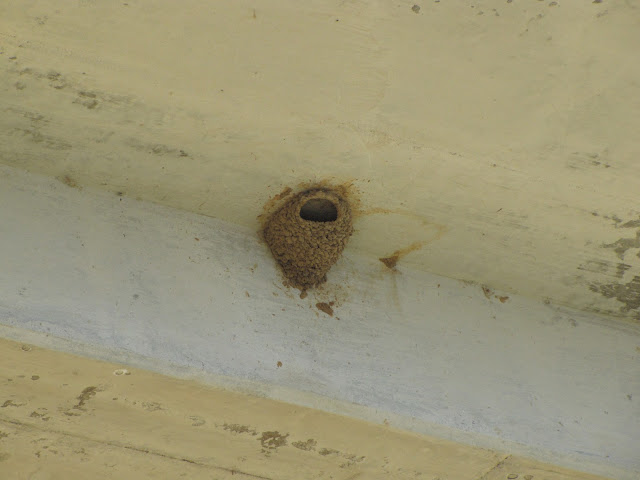Barn swallows got their name because of their preference to build nests inside barns. They want to build their nests inside a place that stays dry, but it has to be a building that is open and they can access at any time. Farmers love barn swallows because they eat insects and not corn and other grains.
The beautiful old barns scattered about the countryside are not as plentiful as they used to be, having been replaced with metal monstrosities that do not welcome barn swallows or anything else.
Unlike most birds, barn swallows use the same nest year after year. This solitary one is unusual; most are found in colonies. Perhaps the birds are starting a new subdivision with this one.
Bridges, with their physical and spiritual symbolism, have always fascinated me. They are even more lovely to me now, knowing they are playing host to thousands of beautiful and beneficial birds.





Comments
Post a Comment